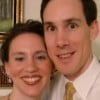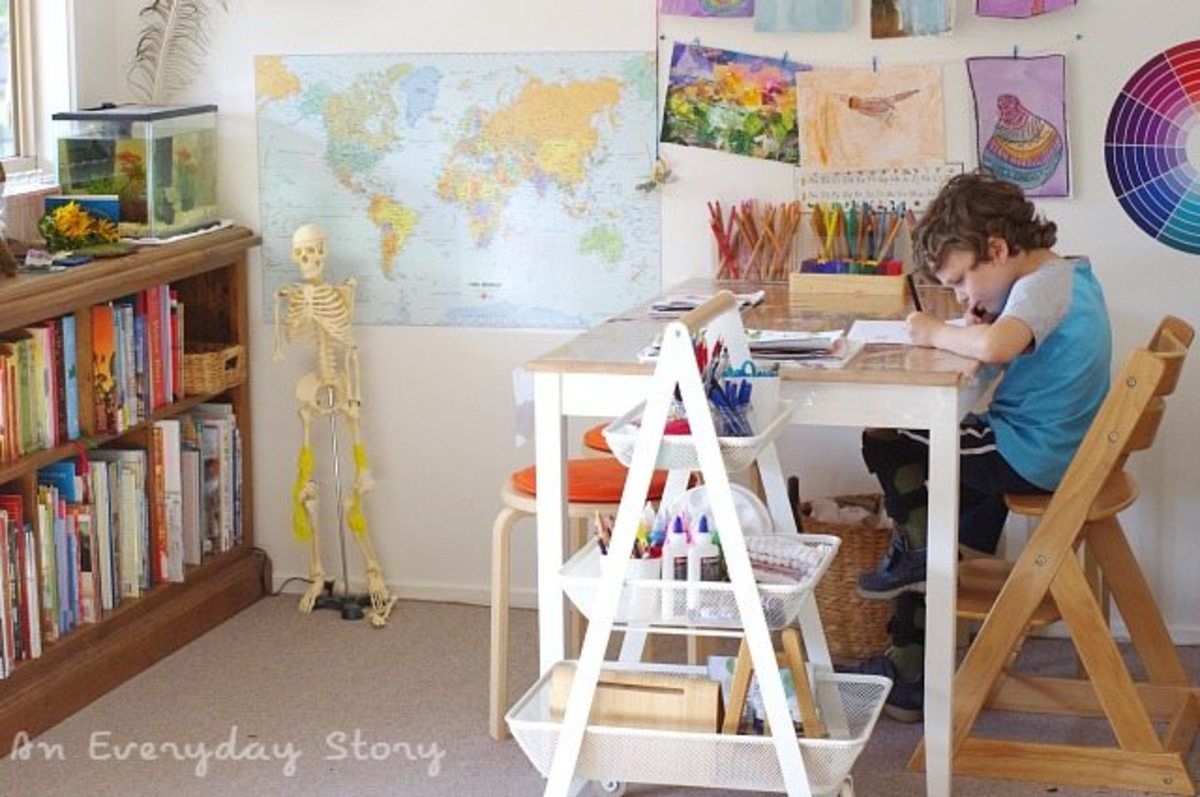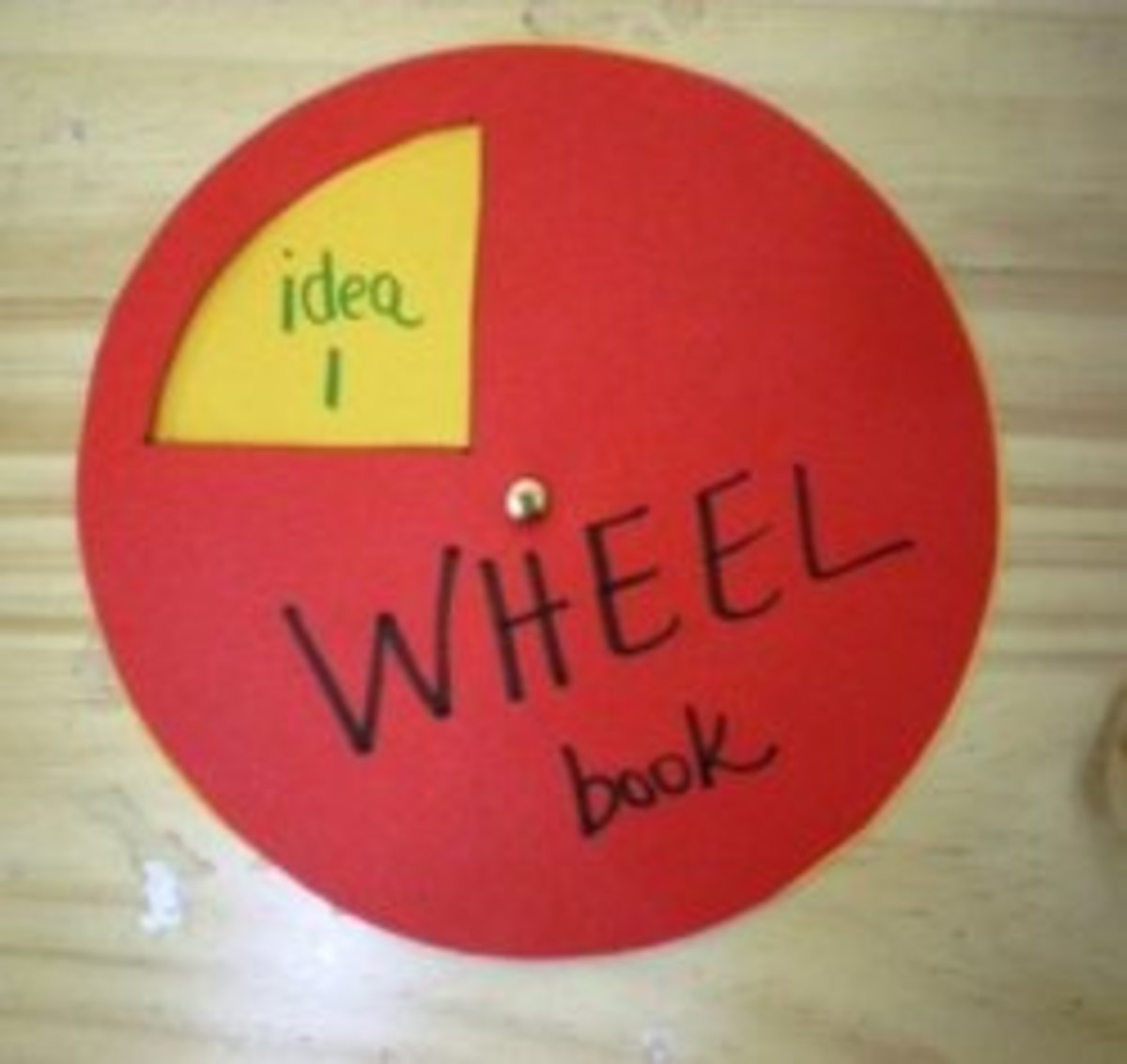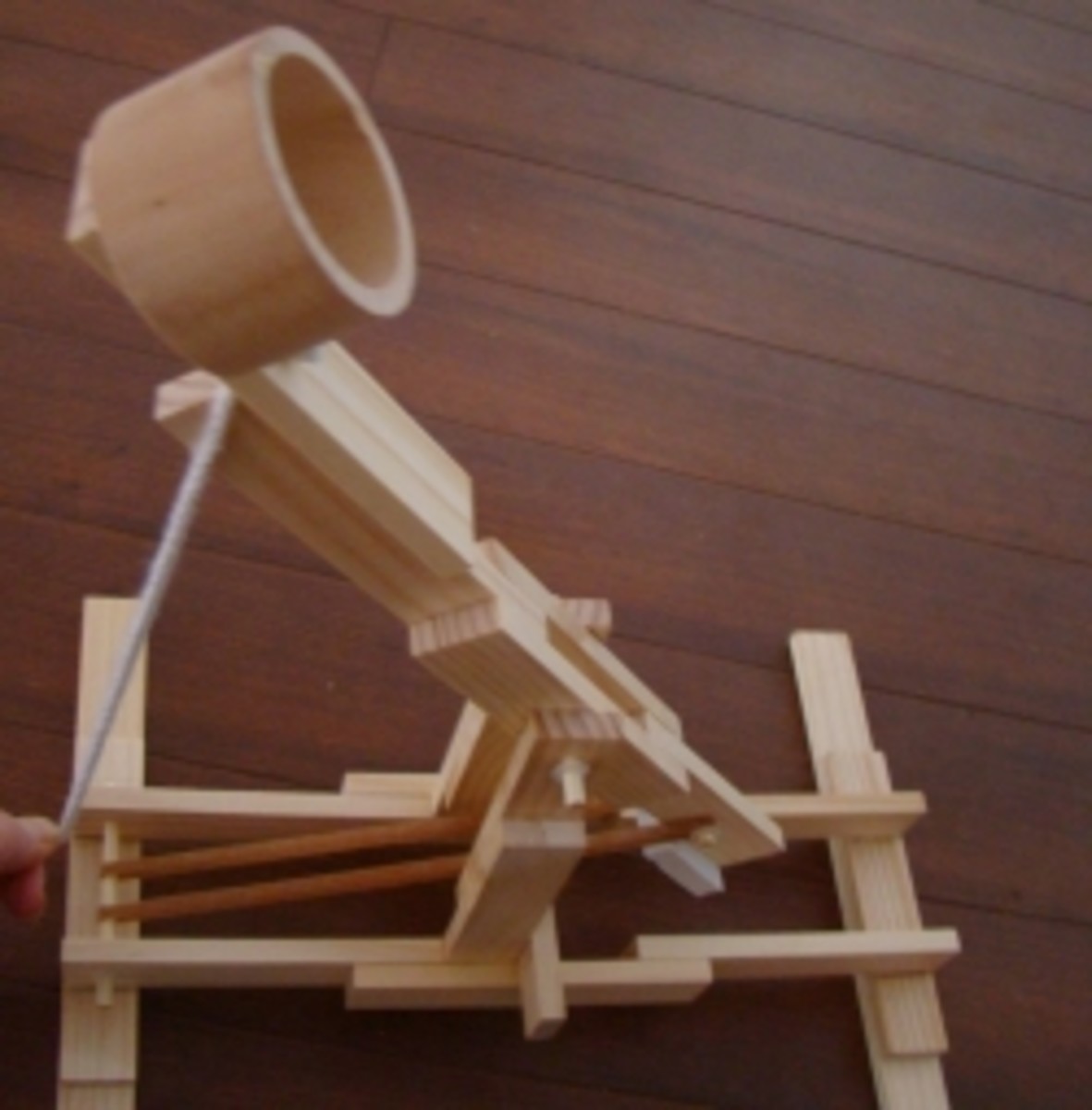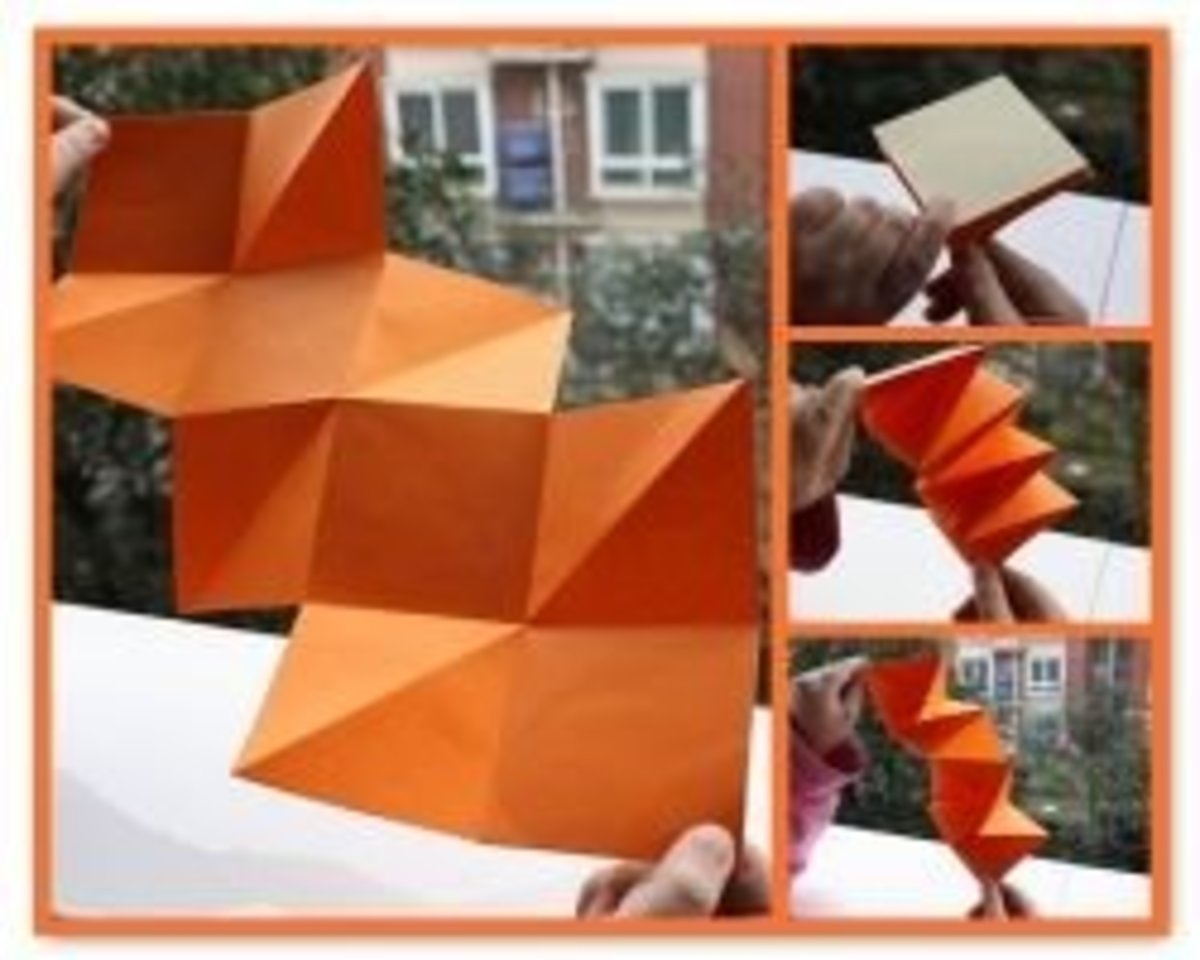Homeschool Kindergarten Essentials
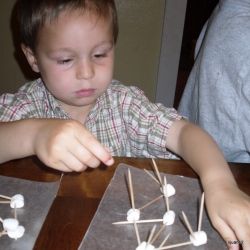
Are you considering homeschooling your kindergarten age child or are you already homeschooling and are looking for ideas? I have graduated 3 of my children from "Kindergarten Homeschool" and am currently homeschooling kindergarten with my 4th child. Below you will find my practical tips for your first year of homeschooling kindergarten.
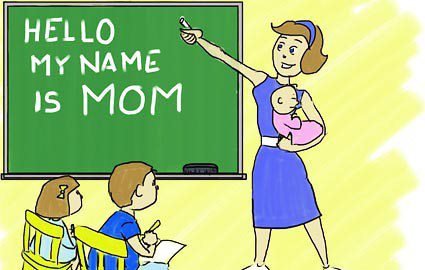
Should It Be School?
Picture in your mind what homeschooling Kindergarten should look like. Is this what you are picturing?
You have to have school desks, right? It is school after all. You’ll need a chalk board or white board because that’s what schools have. Your children will need to wear school uniforms every day because that’s what you do at school. The kids can bring their backpacks into the school room each day because every child is supposed to have a backpack. Then there are the books. You’ll need to buy that complete $250 homeschool curriculum with every subject, every teacher key, and every test. Oh, and don’t forget about the bathroom hall pass!
When a lot of new-to-homeschooling families think about what homeschooling should look like, they try to bring the school to their home. Is that really the way it should be?
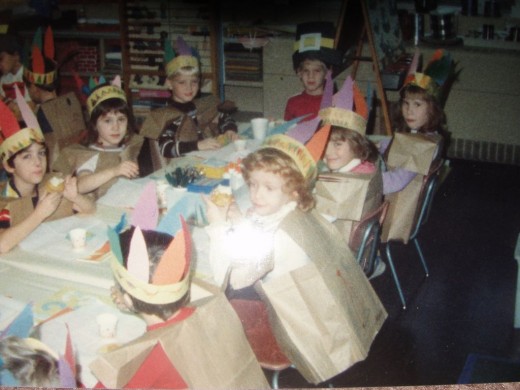
My main tips for homeschooling Kindergarten are:
1) Read, read, read.
2) Follow the lead of your child.
3) Spend lots of time outside.
4) Use games to teach subjects.
5) Provide lots of time for children to play.
6) Intersperse sit down activities with movement activities.
7) Make learning a life-long process.
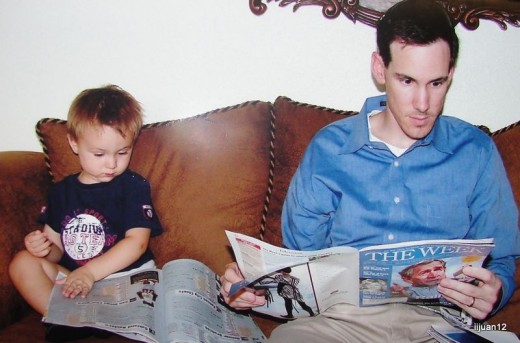
Read, Read, Read
I’d like to start by telling you about my family and our homeschooling experience. After that I will draw out some points from my experiences. I had no intention to homeschool whatsoever, but God had different plans. I grew up going to a public school and I had a good experience with it. After I graduated from college I was an 8th grade history teacher. I stayed at home after I had my oldest son, "Owl." My husband and I discussed me going back into teaching in 5 years after Owl was old enough to go to Kindergarten. God gave me a very curious first child. He gave me a child who wanted to read all the time and wanted to learn about everything. What was I supposed to do? I just followed Owl’s lead. We checked out tons of books from the library every week and read them all. I just kept reading to him.
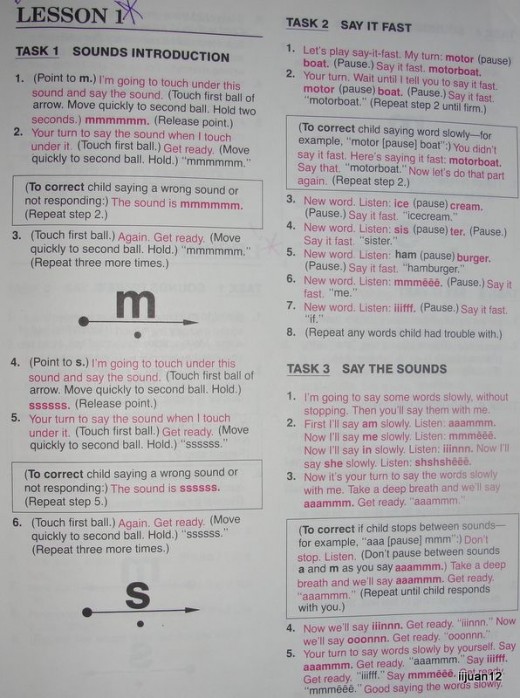
Follow the Lead of Your Child
(Teaching Phonics)
Owl knew his letters and their sounds. What should I do next? I was blessed to have families in my church and two sisters who were homeschooling who provided me with guidance. A veteran homeschooling mom from my church told me to try “Teach Your Child to Read in 100 Easy Lessons.” Owl loved it. I loved it. And then about halfway through it got a lot more difficult. He hated it. We both cried through the last quarter of the book, but we finished it around the time that my second son, "Tigger," was born. After that Owl begged for me to read him a series of books called, “Henry and Mudge” about a young boy and his dog. I agreed, but he had to read one page and I’d read the next. No, he didn’t read perfectly, and I didn’t know all the phonics rules to teach him how to read. I did figure out some in the process of teaching him how to read. For example: “When two vowels are next to each other, the first one swallows up the second one (“Gulp”) and it makes a long vowel sound.”


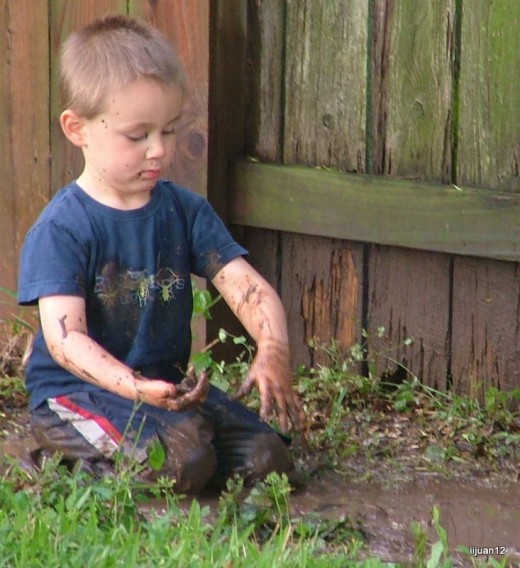
Spend lots of time outside.
(Teaching Science)
We didn’t only read. We spent a lot of time in nature. I strongly believe that the best science textbook for young children is the great outdoors. We took a lot of walks outside. I wanted something to talk about as we walked but I didn’t really know too much about the types of trees and flowers we were passing, how birds made their nests, or why the sky is blue. That’s when children’s books came in really handy. I’d read them with Owl and then we’d discuss them as we walked.

As other children have come along, I’ve added field guides to my nature book collection. At various points each summer we have fun drawing and identifying a wild flower, a spider, an insect, or a cloud every morning.

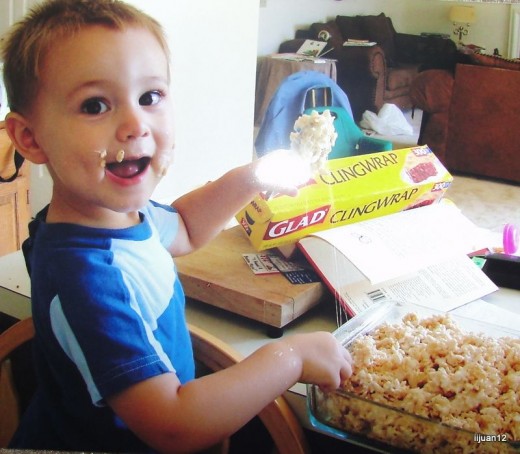
Use games to teach subjects.
(Teaching Math)
As far as math goes, from the picture books we read, Owl quickly learned how to identify numbers and how to count. Cooking created lots of opportunities for math lessons when we talked about fractions using measuring cups. Owl could count to 100 by 1’s, 5’s and 10’s because we’d practice counting while he’d stir cake mix batter or while we’d walk to the park. What should I do next? One of my sisters recommended A Beka, so I bought an A Beka grade 1 math workbook. Owl wasn’t really getting addition, so I came across a fun board game called Sum Swamp that has two die with numbers and one die with plus and minus signs. You move across the board by adding and subtracting the numbers you roll. Owl wanted to play the game 20 times a day. After 2 days of this he was adding and subtracting easily.

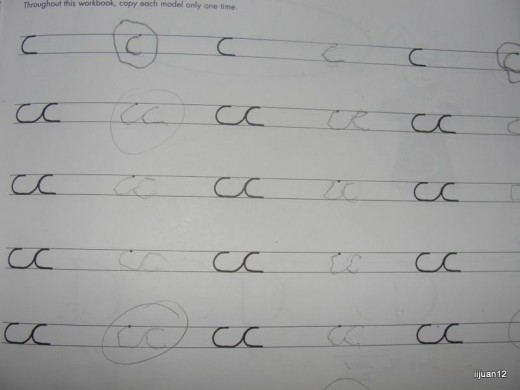
Follow the Lead of Your Child
(Teaching Handwriting.)
Owl couldn’t write though. He was my first child, so there weren’t markers, crayons, pens, & pencils laying across the floors like there are now that I have multiple children. I thought it was pointless to simply color a picture. Since he had no desire to color, I didn’t force the issue. Oops. Coloring actually helps children be able to hold a pen or pencil correctly so that they can start writing letters. Hmm...I would need to work on that, but what about his math workbook? Should I stop having him do math so that we could work on writing? No. I just wrote in the answers for him. About a year later Owl was able to write well enough.
Knowing that Owl hated to write, I didn't push it. We did not do handwriting in Kindergarten. I waited an entire year and then the next year we began handwriting. The photo to your right is what he did then. With my other children, pencils, crayons, and sharpie markers have been left out so that the children have an opportunity to use them...on books, walls, etc. They were ready to begin handwriting in Kindergarten. Again, follow the lead of your child.
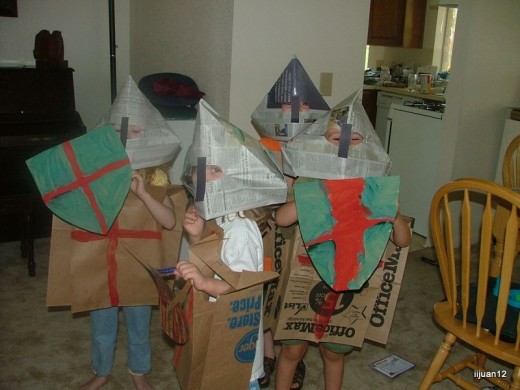
Provide lots of time for children to play.
(Teaching Everything Else.)
Then there was play time. We spent a lot of time playing with friends at the park and having friends over to play. I eventually decided we could have educational play dates. I invited friends over a couple times a week and we did art, history, science, and social studies unit studies together. The kids didn’t know they were learning. They thought they were playing. We studied seeds and planted a garden. We read about the medieval period. The kids created armor out of cardboard and newspaper and then had a jousting tournament. We learned about meteorology and watched baby powder swirl up over a lamp and made snowball cookies. We learned about the parts of a flower, studied the flowers in our back yard, and then drew them Georgia O’Keeffe style. We visited museums and the zoo. It was laid back and fun.
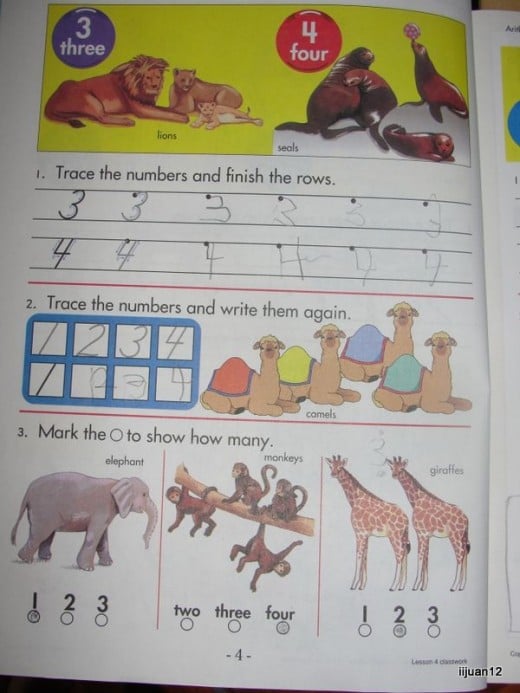
A Beka
Was this really homeschooling, though? Owl was 4. He wasn’t 5 yet. He wasn’t school age yet. I wasn’t homeschooling because he wasn’t school age, right? I still didn’t want to homeschool. There were so many curriculum choices. What would we do when all his friends went off to school? How would I be able to teach one child while I had a new baby? What would I do for high school? I was so overwhelmed by the idea of homeschooling...even though that is what I had been doing all along.
I just continued doing what we had been doing. Lots of curricula came in and out of my house. I spent lots of money on many neat books, but they didn’t really fit with my family. Some required too much time and attention from me, some were really neat but we just never had time for them, and some of them didn’t make sense to me or to my child. After talking with many homeschooling families and one of my sisters, I eventually settled on using A Beka for language arts, math, spelling, & some of phonics. A Beka is really easy to implement. It covers all the bases. You don’t have to worry that you missed something. I don’t have to spend lots of time planning. I don’t even need to buy the teacher’s manual. All I have to do is pull out a worksheet and hand it to my child. Instead of spending lots of money trying out neat books that I won’t use, I’ve decided to stick with books that I can use and have found to be effective in teaching my family. Don’t be a slave to the curriculum. Let it work for you, and if it's not working, try something else. A Beka might not be right for your family, but it you have no idea what to use, I’d recommend starting with A Beka for the core subjects.
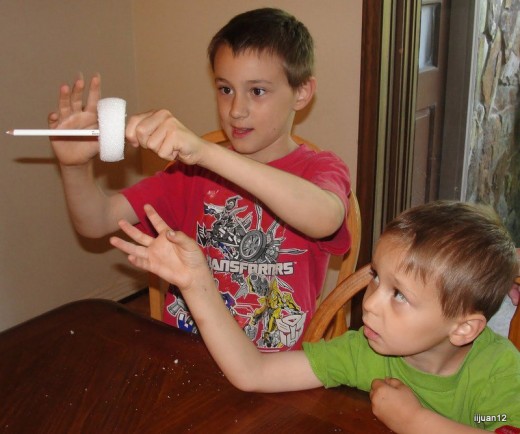
Unit Studies
As I mentioned before, I want my children to be lifelong learners. We do not only use workbooks. We use unit studies for the other subjects. We study something in depth and incorporate as many subjects as we can. When we studied simple machines, we read about Archimedes, designed marshmallow catapults, baked edible screws, calculated mechanical advantage, drew up plans for a confetti launcher, sang a song about simple machines, and more. That’s phonics, engineering, science, home economics, math, art, and music all in just a few lessons. I invited over friends and we had weekly co-ops meetings, which were the highlight of our week.
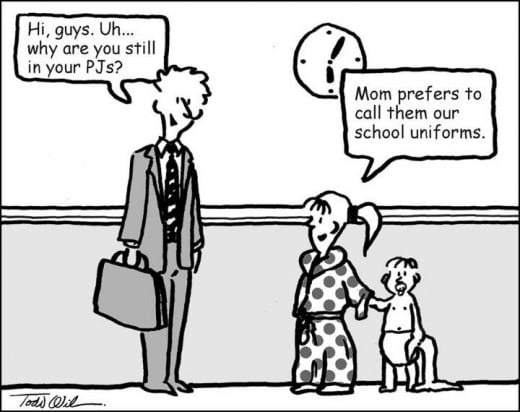
Imagination
As Einstein said, “Imagination is more important than knowledge.” The early years you have with your kindergartner are the perfect time to provide an atmosphere in which your child can freely explore, dream, and grow in both their book knowledge and their imagination.
Now, with all that said, don’t forget to make sure your children wear their school uniforms!
To Summarize:
1) Read, read, read.
2) Follow the lead of your child.
3) Spend lots of time outside.
4) Use games to teach subjects.
5) Provide lots of time for children to play.
6) Intersperse sit down activities with movement activities.
7) Make learning a life-long process.
Do you homeschool your children?
Want to see my daily homeschool schedule in detail?
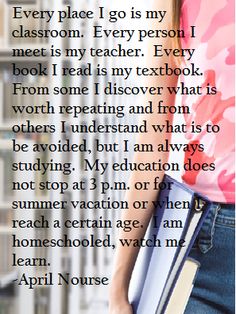
- Homeschooling Preschool and Kindergarten - Are you considering homeschooling but don't know where to start? Do you have a preschooler who is eager to learn but you have no idea what to teach or how? Are you feeling overwhelmed by all the options? I have laid out what I do to homeschool my children when they are ages 3-5 and have also included my favorite resources for preschool and kindergarten learning.
- Taming Toddler Tornadoes: What to Do with Toddlers and Babies While Homeschooling Older Children - Are you homeschooling older children and you have a baby and/or toddler at home as well? I currently have three school age children along with a preschooler, toddler, and baby. A question I get a lot from homeschooling families is, "What in the world do you do with your toddler and/or baby?" Read below to find out what I do to keep my babies and toddlers busy and happy while still covering algebra, sentence diagramming, dissections, and more with the older set.
- How to Homeschool Multiple Ages (My Daily Homeschool Schedule) - Are you homeschooling or considering homeschooling more than one child? Below you will find our daily homeschool schedule for 3 different stages: when I only had preschoolers (ages 4 and under), when I only had 1 child who could work independently and 4 who couldn't, and our current homeschool schedule that includes every age but high school. I have also included a few more tips for general home management.
- My Homeschool Math Curriculum, Games, and Books - Take a peek into our homeschool room! Many days my children B-E-G to do math! Why?!? We combine workbooks with lots of fun math games, toys, and picture books! I have searched through countless curriculums & activities to find the best fit for my children, and I want to share with you what I've found that we think is fabulous! I currently homeschool 4 children (18 mo - 4th grade).
- My Homeschool Curriculum for Elementary Grades - Take a peek at my homeschool bookshelf. Actually, all the books are piled across my dining room table right now, but you can peek there too! Ahh, the daunting task of picking out the BEST homeschool curriculum! There are so many great options from which to choose! I have searched through numerous curriculums to find what works best for my family. I am frequently asked what curriculums we use for homeschooling, so I created this page listing what we use. Below you can find the homeschool curriculums that I selected for my family for all subjects for all elementary level grades. I'm not saying our choices are the best choices for your family, but this is what is working for us right now. At the bottom I have also included what our general daily schedule looks like. I wrote this when I was homeschooling 5 children (baby - 4th grade).
- How to Start a Homeschool Co-op - Have you considered starting a co-op? Having homeschool co-op each week is what keeps us homeschooling. It's the highlight of the homeschool week and one of the best investments of my time! My kids look forward to this every week and we have created so many great memories together! There are many ways to do a homeschool co-op. I have started 3 homeschool co-ops and have participated in others. If you're not already part of a co-op, you can start your own no matter where you live using my tips to show how easy it is to start one!
- How to Start Homeschooling (Transitioning from a Public or Private School) - Welcome to the exciting world of homeschooling! I totally remember how overwhelming it is when you first start homeschooling. I've been homeschooling for 4 years, so the fear, anxiety, excitement, dread, etc. of starting homeschooling is still fresh in my mind. Many families have asked for my advice on how to start homeschooling. This is what I tell them.
Looking for all my units & lessons?
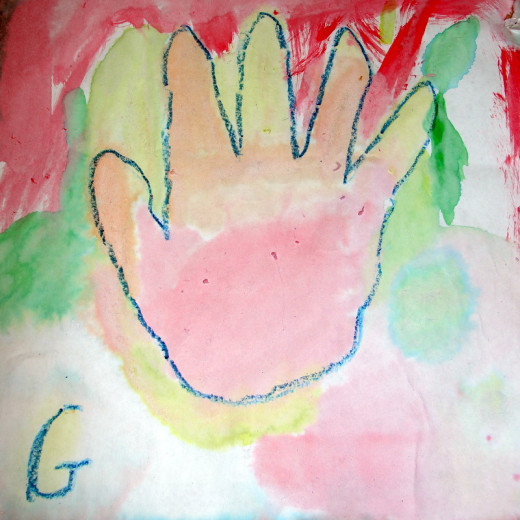
Over the years I have posted over 35 science and social-studies based unit studies, compromised of more than 170 lessons. The unit studies include the Human Body, Simple Machines, Earth Science, Medieval Period, American Revolution, Pioneer Life, Countries of the World, and many more! For each lesson I have included activities (with photos), our favorite books and YouTube video clips, lapbook links, and other resources. I posted links to all of my unit studies and lessons at Fun, FREE Hands-On Unit Studies Hub .
I enjoy teaching my children using unit studies based on Konos Curriculum. You can get a taste of what it looks like by watching this fun, brief music video.
© 2014 Shannon
